Don’t worry, you don’t need to wear a white coat or understand laser principles — just take off your shoes and socks, stand still for a few seconds, and leave the rest to the machine.
Although it sounds high-tech, the operation process of a 3D foot scanner is actually simpler than measuring your blood pressure. Next, we will explain its complete operation procedure in a straightforward yet rigorous way, along with the principles and precautions behind each step.
1. Preparation: Take off shoes and socks + stand steadily
Before operation, the staff will ask you to:
Take off your shoes and socks, keeping your feet clean and dry;
Stand barefoot within the scanning area; some devices are platform type, others are walk-in type;
Stand naturally with feet slightly wider than shoulder-width apart, keep your body relaxed and upright, without leaning forward or tilting sideways.
Why can’t you wear socks?
Because the laser needs to precisely irradiate the foot surface, and socks will interfere with the reflection and scanning accuracy.
Why is posture important?
Incorrect standing posture will deform the foot shape, especially affecting data accuracy for the arch and instep areas, which impacts the final model result.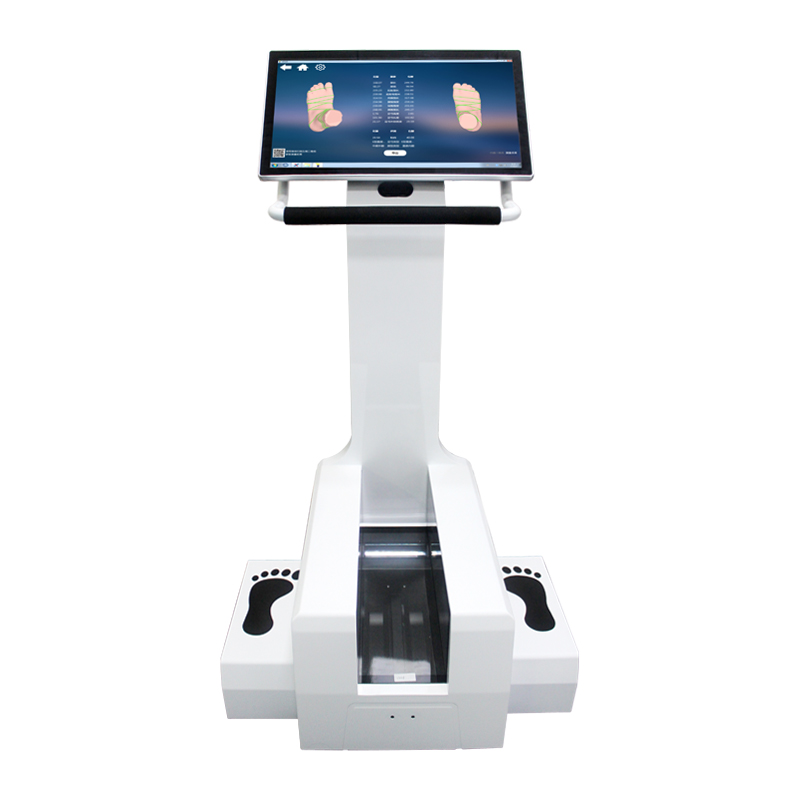
2. Start scanning: Laser + camera quickly “read” your foot
Once everything is ready, press the scan start button, and the device begins working.
Most mainstream scanners currently use a combination of laser line scanning and high-resolution cameras. The basic process is:
The laser beam quickly sweeps across the top and sides of the foot;
Cameras or 3D sensors synchronously record the bending and position changes of the laser on different curved surfaces;
The system converts this information into spatial coordinate points, called a “point cloud”;
The point cloud data is processed by reconstruction algorithms to generate a complete 3D foot model.
The whole process takes only 3 to 10 seconds, requires no manual intervention, and involves no physical contact with the skin. When finished, a “digital twin” of your foot appears on the screen.
3. Automatic data generation: Foot report at a glance
After scanning, the system generates an analysis report based on the foot model, commonly including:
Foot length, width, and height (accuracy up to 0.5 mm);
Arch height and type (normal, flat foot, high arch);
Left-right foot differences (for example, one foot slightly larger or wider);
Toe arrangement (whether overlapping, rotated, etc.);
Inner and outer tilt, instep curvature, and other parameters.
What can this data do?
It can be used not only for shoe selection but also to assist in making customized insoles, orthopedic shoes, athletic shoe lasts, and even monitor children’s foot development.
4. Advanced operation: Integration with custom applications
If the scanner is equipped with a customization system, it can also complete follow-up steps in one workflow, such as:
Automatically recommending shoe types (based on foot curvature and shoe last database comparison);
Connecting to custom insole printing systems (e.g., 3D printing orthopedic insoles);
Integrating with podiatrist systems to assist in assessing foot structure risks.
In other words, it not only measures your foot but also guides what to do next.
5. Common misconceptions and operation advice
Misconception 1: Just stand on it and scan, that’s enough?
No. You must maintain the standard posture and stay still for a few seconds without moving.
Misconception 2: One scan is enough?
For children, pregnant women, or postoperative rehabilitation patients, regular scanning is recommended to build time-series data and observe foot shape evolution.
Misconception 3: Is this a “toy”?
No. Such devices are widely used in sports shoe companies, rehabilitation centers, and hospital podiatry departments. They belong to medical-grade evaluation tools, and as long as the equipment is compliant and operated properly, their data have very high reference value.

 +86-0755-86131192
+86-0755-86131192 2025-07-23
2025-07-23 Back to list
Back to list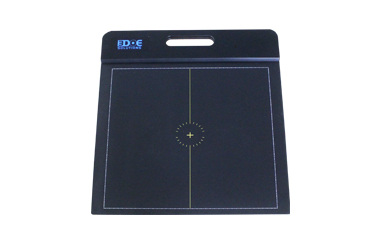
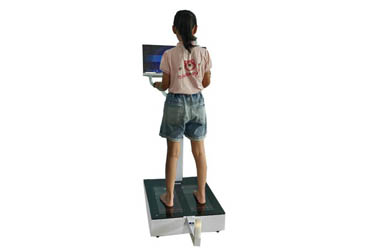
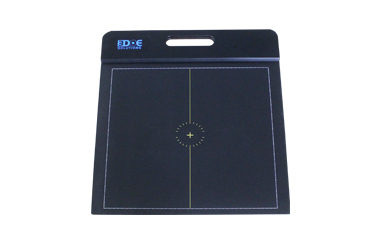
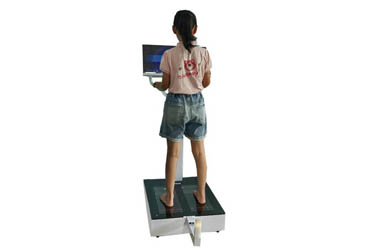
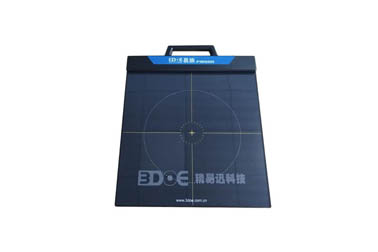
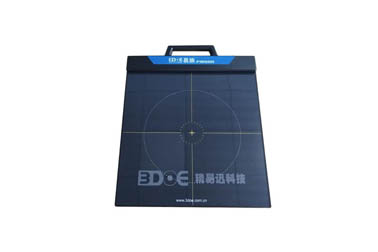



 +86-0755-86131192
+86-0755-86131192